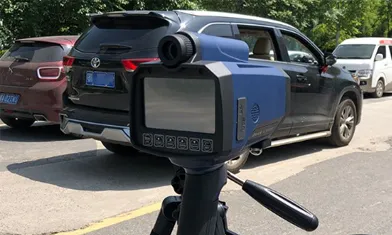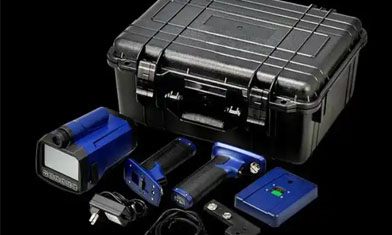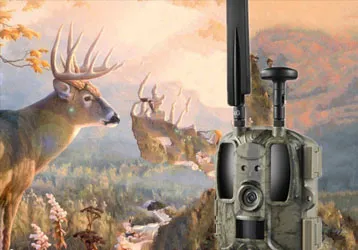Imageurs thermiques et lunettes de vision nocturne : un guide pour choisir le meilleur outil de chasse
Night vision goggles are suitable for leisure scenes with low light, with a range of 10-400 feet; thermal imagers ignore light and penetrate smoke, and detect farther. Which one to choose for hunting? The key depends on the environment, budget and needs - use thermal imagers in jungle fog, choose night vision goggles in extremely cold snow, and night vision goggles are more cost-effective if the budget is limited.
Hunting artifact selection guide
Applications of night vision goggles and thermal imagers
Thermal imagers and night vision goggles have their own advantages in hunting. How to choose? This depends on a series of considerations. Night vision goggles are widely used in leisure and entertainment, such as camping, traveling, fishing, boating and nature observation. They also play an important role in surveillance, search and rescue, and security. However, the range of night vision goggles will be affected by the use environment, such as cloudy, foggy or rainy days, which will shorten its range and vary from about 10 to 400 feet. Next, you can learn more about the characteristics and advantages of thermal imagers. Thermal imagers use infrared radiation emitted by objects to generate images. They are not limited by light conditions, can penetrate smoke and dust, and have a longer detection distance. Therefore, in situations such as hunting that require long-distance detection and identification, thermal imagers may be more suitable for your needs.
In summary, the choice of thermal imagers or night vision devices should be determined based on your actual needs and the environment in which they are used.
Choice of hunting environment
The hunting environment is a key factor when considering whether to choose a thermal imager or a night vision device. Different hunting environments may have a significant impact on the performance of both instruments. For example, in poor lighting conditions or poor visibility, thermal imagers may provide clearer images and longer detection distances with their unique infrared detection capabilities. In relatively good lighting conditions, night vision devices may work better. Therefore, when choosing, you need to carefully evaluate your hunting environment to determine which instrument is more suitable for your needs.
Thermal imagers perform well in dense jungles or foggy environments. Whether it is dense forests or heavy fog, these complex conditions will not interfere with the thermal imager's ability to detect heat, and it can even track heat sources such as recently left footprints. In addition, thermal imagers are also burn-resistant and durable, so there is no need to worry about damage. However, if you are going to a snowy and icy place with extremely low temperatures, thermal imagers may not be suitable. Because in extremely low temperatures, the quality of thermal images will be affected. At this time, it is more sensible to choose night vision devices.
Influence of needs and budget
In practical applications, in addition to considering the use environment, the choice of thermal imagers or night vision devices must also be combined with the actual needs and budget of individuals or teams. Different needs and budget ranges will directly affect the final choice.
Typically, the price of night vision devices is about one-quarter that of thermal imagers. However, the price will vary depending on different configurations, such as whether the image of a thermal imager may be color or black and white, and whether it has the function of recording content directly on an SD card or needs to be connected to a camera via a data cable for recording. In addition, the convenience of zooming in and out, as well as the difficulty of installation, will affect the final price.
The influence of light conditions
When comparing night vision devices and thermal imagers, light conditions are a key factor. The two devices perform very differently in well-lit and low-light environments. Night vision devices perform well in dim or no light environments, capturing weak light and converting it into visible images. Thermal imagers, on the other hand, are not affected by light conditions and can capture the thermal radiation of objects in completely dark environments to generate images. Therefore, when choosing, you need to consider which device is more suitable based on the light conditions of the actual use scenario.
Image-enhanced night vision devices rely on external light sources to generate images, so when hunting in extremely remote and poor light conditions in deep mountains, thermal imagers will be a more suitable choice because they can capture the thermal radiation of objects instead of relying on light. However, night vision devices can also play their role in hunting environments where there are often clear winds, bright moons, and stars in the sky.
In summary, night vision devices usually rely on visible light sources to generate images, while thermal imagers can work effectively in various light conditions. When searching for prey, you can use a handheld thermal imager, which is light and affordable, easy to pass between hunters, and is very suitable for locating and monitoring prey in the woods. But at the moment of aiming, the auxiliary effect of night vision devices will be better.





















